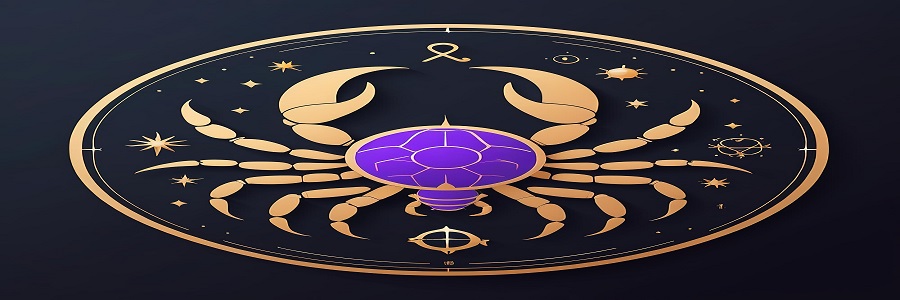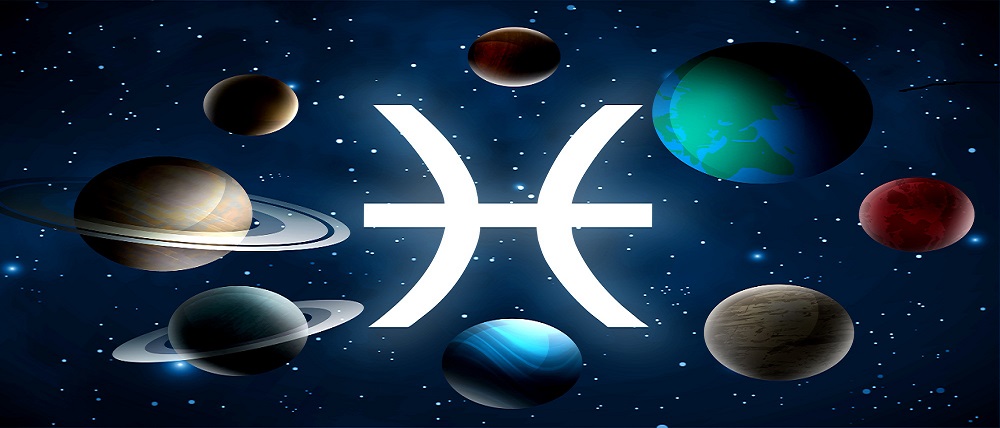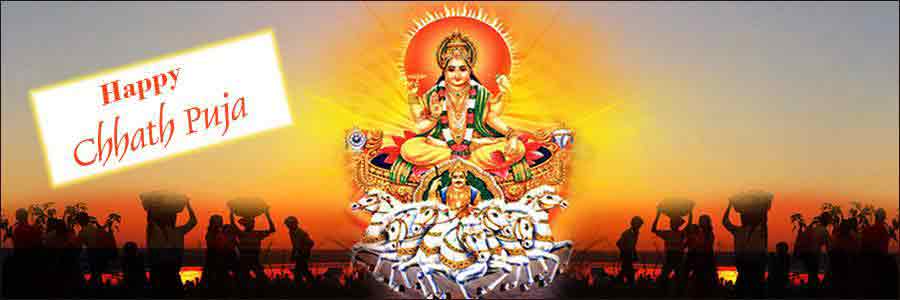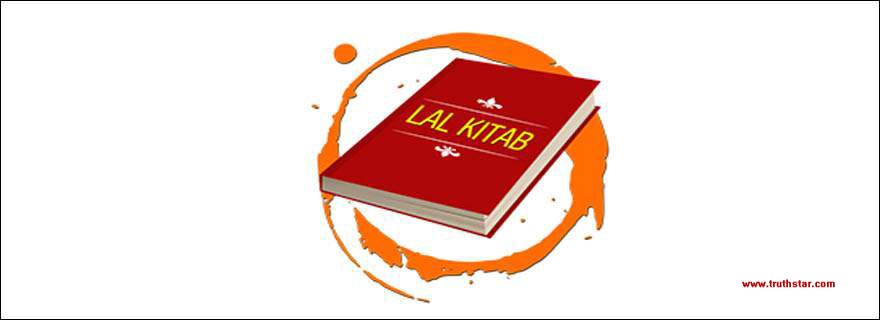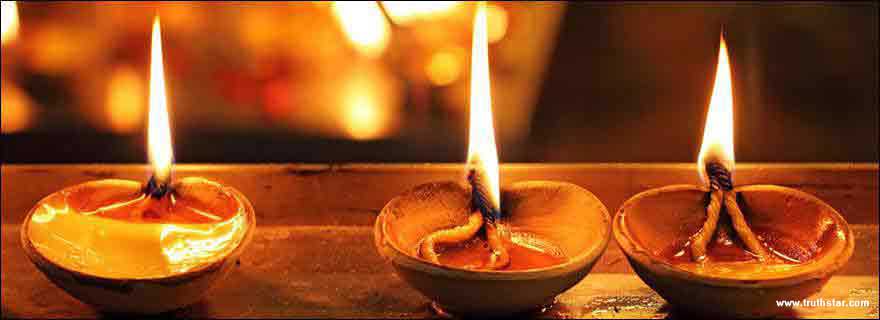Holi 2024 – The festival of Holi begins on Duwadashi – on the twelth day of the waxing moon of the month of Phalgun. This Year Holi celebrated on 24 March 2024, Sunday followed by Dulhendi on 25 March 2024, Monday. Spirits run high as the preparations for the festivities begin, as a custom, mothers make new clothes for their married daughters.
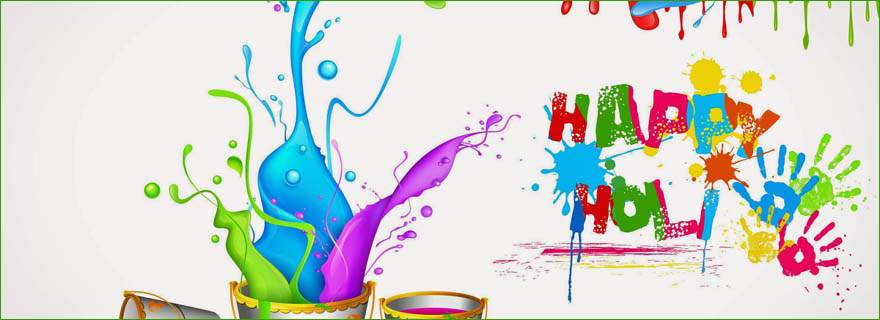
Colored Powder (Gulal) is bought and prepared, long syringes called ‘Pichkaris’ are made ready and water balloons are bought and filled. Preparations are made to cook the special food items that exclusively meant for this festival.
Holi Ayii Re Ayii Re Holi Ayii Re Holi Hai!
The sky is changing – The time is perfect to be colored, to renew love, and recharge your vitality, in sync with nature. And this is what Holi says!
Holi is the festival that carries the country into the bright days of summer. A feeling of plenty is in the air with the crops cut, and the farmer enjoying a bountiful of harvest. A time to Celebrate the true spirit of Spring .
Holi 2024 – Why Holi Celebrated?
Literally “Holi” signifies “burning” in Indian language. On this day, Holika is burnt in keeping with the legend of Prahlad the devotee of lord Vishnu, Bakt Prahlad, seated on the lap of demoness Holika, was saved from the effect of the fire by God and the demoness got burnt instead.
It was Krishna, or, Krishn, the king of the ancient city of Dwarka, who popularized the tradition of Holi. The origin of the colorful and frolicking tone of Holi lies in the boyhood of Krishna. It all came up as part of his pranks, he used to play with his boyhood mates of Gokul and Vrindavan by drenching the village girls, with water and colors. At first it offended the girls. But they were so fond of this mischievous boy that soon their anger melted away, making it a popular sport in the village.
Holi 2024 – Holi festival in India
The same tradition has transpired through the ages, turning it into a community festival of the masses. As time kept flowing, the culture spread roots to other regions of the country. The Holi play of Krishna is documented in hundreds of ancient paintings, murals, sculptures and scriptures found across the subcontinent
Holi is a harvest celebration marking the climax of spring. Bonfires are lit, marking both the end of winter and the death of evil, and proceeds from the seasonal harvest- grains, coconuts etc- offered to the flames. Usually this is a community celebration and people gather near the fire to fill the air with folk strains and dances. Crossroads. Sheaves of green gram and wheat are roasted in the bonfire and eaten.
The actual festival of Holi takes place the day after this known as Dulhendi which involves plenty of colour throwing, prayer, fasting and feasting. This Year Dulhendi celebrates on 25 March 2024. People have fun throwing colored powder and colorful water at each other, dancing and gambling over cards. Water balloons are thrown at friends and neighbors in the spirit of fun. Sometimes, mud baths are prepared and people are ‘dunked’ into this a midst much laughter and teasing.
The visitors carry ‘abeer’ or ‘gulal’ to pay their respects to elders by sprinkling some on their feet. The younger crowd is drenched with buckets of colored water and pummeled with water balloons. ‘Dholaks’ or Indian drums are heard everywhere and the songs of Holi are carried by the voices of these merry-makers.
There is no ‘puja’ or worship associated with this festival of colors. The special food items that are prepared for Holi are gujjia, papri and kanji ke vade. Meat dishes, like kofta curry, are also served.
Holi in India
Holi 2024 – the festival of colors
Dry Holi colors known as ‘Gulal’ and wet colors or ‘Rang’ were originally prepared naturally from the flowers and other products that had dyeing properties. However with time, in the quest of more long-lasting and strong colors, chemically enhanced and artificial colors have come in vogue.
North India
In Mathura and Vrindavana Holi is celebrated with great enthusiasm for about a week. Situated in Uttar Pradesh, all the major temples of the region dedicated to Krishna and Radha celebrate Holi on a different day. In these parts celebrating Holi means getting drenched with colored water during these celebrations is considered to be a blessing from god and is considered auspicious.
Since Radha belonged to Barsana while Krishna belonged to Nandagaon, on the day of Holi, men from Nandagaon go to Barsana to celebrate Holi with the women there. The playful teasing of women and attempts to color them with ‘gulal’ and wet colors from ‘pichkari’ is returned by them by attempts to escape and beating the men with sticks to scamper them away.
Haryana
In Haryana, the brides of the Hindu undivided families hang a pot of buttermilk high up in the streets as a challenge to their brother-in-laws, who try to break the pot by forming a human pyramid to reach it. Women try to stop them by beating them with their saris rolled up as ropes. This mock-drama is staged to commemorate the playful pranks of child Krishna, who would steal milk, butter and curd from the cow maids’ houses. In the evening, the brother-in-laws bring sweetmeats for the women of the house for their contribution in keeping the family united.
Western India
Like Haryana, Maharashtra and Gujarat also has mock-drama of Krishna trying to break the pots and steal the butter. Besides, the men of these states take out a grand procession while soaked with colored water as they walk through the streets to make a mock alert call to ask people and women of the house to take care of their pots of butter and milk as Krishna may come in and steal them.
Eastern India
In Bengal, Holi is called Dol Yatra (the Swing Festival) in which idols of Krishna and Radha are placed on swings and devotees take turns to swing them. Women perform devotional songs and dances around the swing as men spray colored water and ‘Abeer’ (colored powder) on them.
People dress up in bright colorful dresses such as yellow and stage a number of cultural programs involving group choreography, songs and dance followed by playing Holi with ‘Abeer’ (colored powder).
Orissa has similar traditions as Bengal except for the fact that the idols of Jagannath is placed on the swing here instead of Krishna and Radha, who is believed to be another form of Krishna.
North East
Holi is a six-day long in Manipur and commences on the full moon day of Phalguna. Days before, people collect money from the community for the expenses on the festivities. A thatched hut of hay, twigs and sticks is built, only to be set ablaze. Next morning, groups of boys go to play ‘Gulal’ with the girls and pay them money to get the favor. Devotees play ‘Gulal’, sing devotional songs and dance in front of the Krishna temple dressed in the traditional white and yellow turban. On the last day of the festival, a grand procession is taken out to the main Krishna temple in the capital of Manipur, Imphal where multitude of cultural programs take place.
Holi 2024 – Social Significance
Holi helps to bring the society together and strengthen the secular fabric of our country. Everybody celebrate the festival together with a spirit of bonhomie and brotherhood. In the evening people visit friends and relatives and exchange gifts, sweets and greetings.
The festival also promotes good health. Some believe that play with colors help to promote good health as colors are said to have great impact on our body and our health. People also clean-up their houses on Holi which helps in clearing up the dust and mess in the house and get rid of mosquitoes and others pests. A clean house generally makes the residents feel good and generate positive energies.


